What Is The History of Oktoberfest
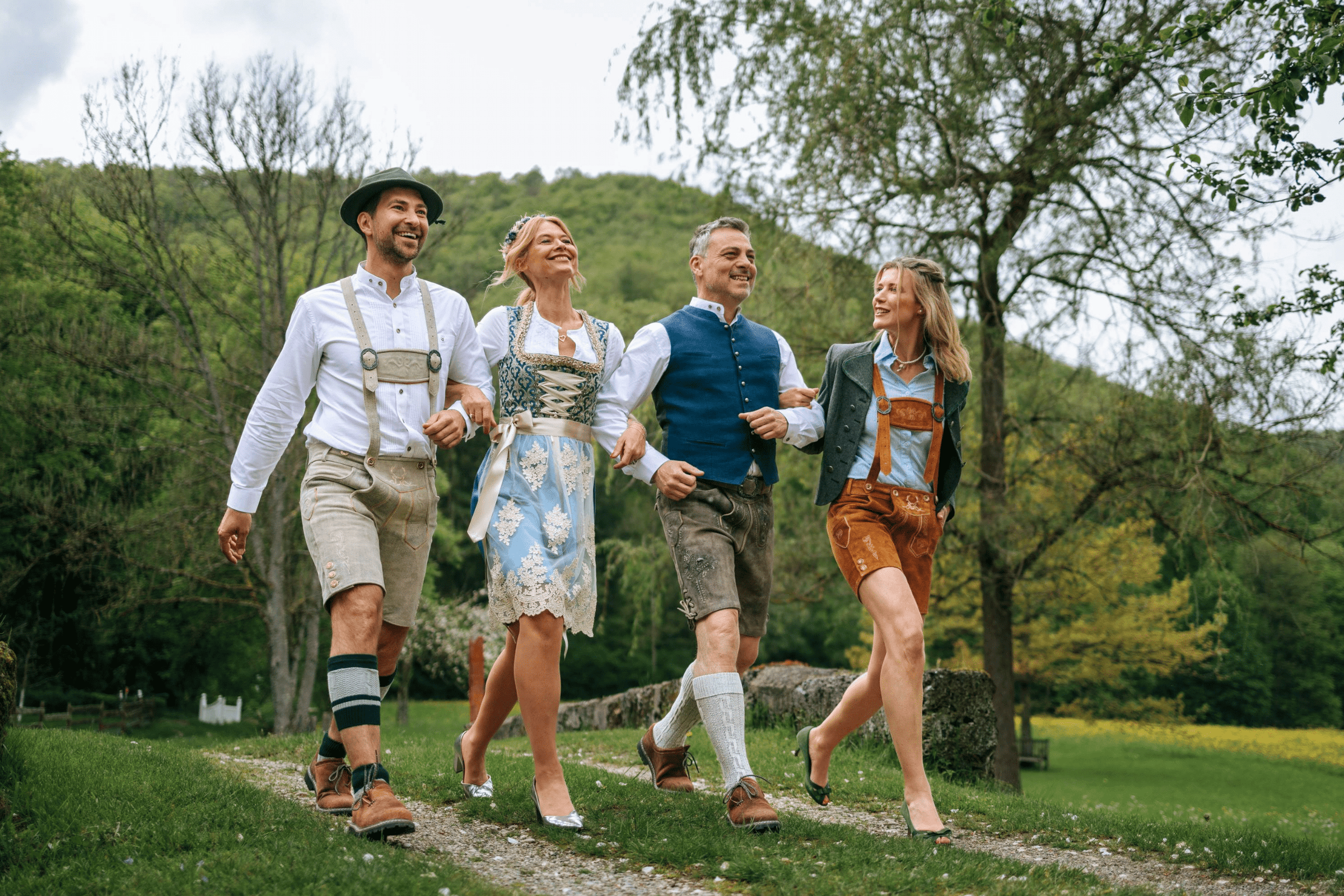
Get a $10 store credit for your first order
What Is The History of Oktoberfest? Well, Oktoberfest is one of the most well-known celebrations in the world. Despite that, many people are not very familiar with the origins of Oktoberfest. We recognize it more as a giant party dedicated to beer than for its true heritage. The beer tents that are now world-renowned were not a part of the festival. They came into play only one hundred years ago.
The 20th century also saw the rise of newer traditions in Oktoberfest history. Munich's mayor started the biggest tradition of the 1900s that lasted in the Oktoberfest in 1950. That year, the mayor tapped the first beer keg and exclaimed, "O'zapft is!"
Ever since, the mayor kicks off the first day of the Oktoberfest by tapping a keg of beer with the same phrase, after which it is allowed to sell beer. With more and more cultures and countries celebrating, the history of Oktoberfest is enriching every year.

What is the Origin of Oktoberfest
So what is the origin of Oktoberfest? The festival comes from royal origins and happens on grounds named after the Crown Princess and later queen, Therese. However, the time frame and reasoning changed over the years, with popular explanations and the facts not matching perfectly. So how did Oktoberfest start is still a question in science and history.
As for the reasoning behind the Oktoberfest occurring mostly in September, there are two different explanations. Firstly, most Bavarians will tell you that the festival was in September as it marked the celebrations of the 1810 wedding. The official dates of the first Oktoberfest were between October 12th and 17th.
Secondly, there is another explanation: as the Oktoberfest became more visited and longer, the end date changed to the first Sunday of October. The festival went backward from then to allow visitors to enjoy better weather.

The first Oktoberfest
The first Oktoberfest was in 1810 – celebrating a marriage between Crown Prince Ludwig I and Princess Therese of Saxe-Hildburghausen. The marriage was on October 12th. 1818 saw the beginnings of the modern entertainment visitors enjoy to this day.
Oktoberfest got its first carousel and two swings. Alongside this, small stands serving beer and other refreshments started springing up along the Wies'n grounds. Although the event was not very large, it was starting to grow. The city officials began realizing its economic potential, taking over the festival themselves.
During the late 19th century, the grounds started growing more and more. Entertainment expanded, adding many more attractions, such as updated carousels, performers, and other rides for guests. Alongside this, there was an ever-growing number of beer booths at the festival over the century. By 1896 large beer tents and beer halls currently recognized as symbols of the Oktoberfest began replacing the small-scale booths.

Where did Oktoberfest Originate
But where did Oktoberfest originate? Festivities accompanied the celebration for all of Bavaria. It happened in the fields in front of the Munich city gates. In honor of Princess Therese, they renamed these fields Theresienwiese. The name has stuck until modern times, although it is now often shortened to "Wies'n."
Bavarian Agricultural Association took over the next year's festivities. It became an annual event on the back of the horse races that ended the celebration on October 18th. To promote themselves, they added an Agricultural Show, the activities the show, which still lasts today. Every three years, an Agricultural Show takes place at the Oktoberfest. Oktoberfest history and facts are still dynamic.
In 2010 they introduced the "Oide Wiesn for the 200th anniversary. This celebration is put on the southern tip of the Wies'n and reminds festival-goers of the history of Oktoberfest. It included horse races and other cultural events such as the original Oktoberfest in 1810.

Conclusion
If you plan to attend the historic Oktoberfest, you want to feel a part of the action. There is one tradition that has even outlasted the Oktoberfest itself. Lederhosen date back to at least the 18th century in Germany. People wore them mostly as work clothes, but by 1880, they had been re-invented as festive wear. Attending the Oktoberfest in a pair of Lederhosen is guaranteed to look sharp. Additionally, you are tapping into German history and walking alongside millions who have done the same before you.
Decided that you want to not just be at the Oktoberfest and want to be a part of the Oktoberfest? I suggest checking Bavaria Trachten, where you can get a pair of great Lederhosen! It will not only look great and help you fit in but will also last years. So you can continue to come back and make new German traditions!
Popular Posts
Products mentioned on this page:
Get a $10 store credit for your first order
Products mentioned on this page:


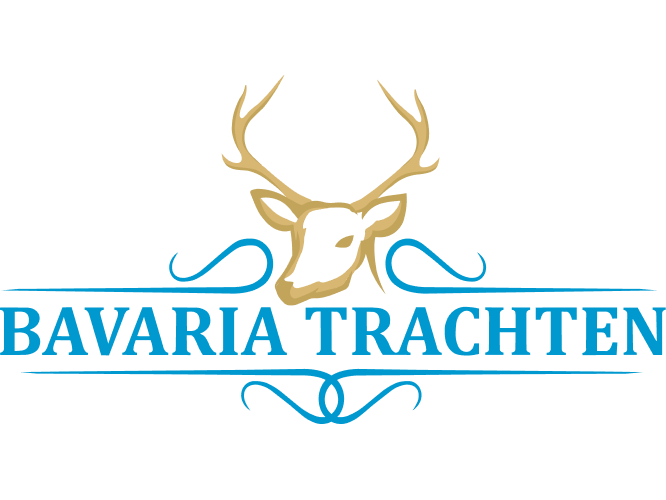


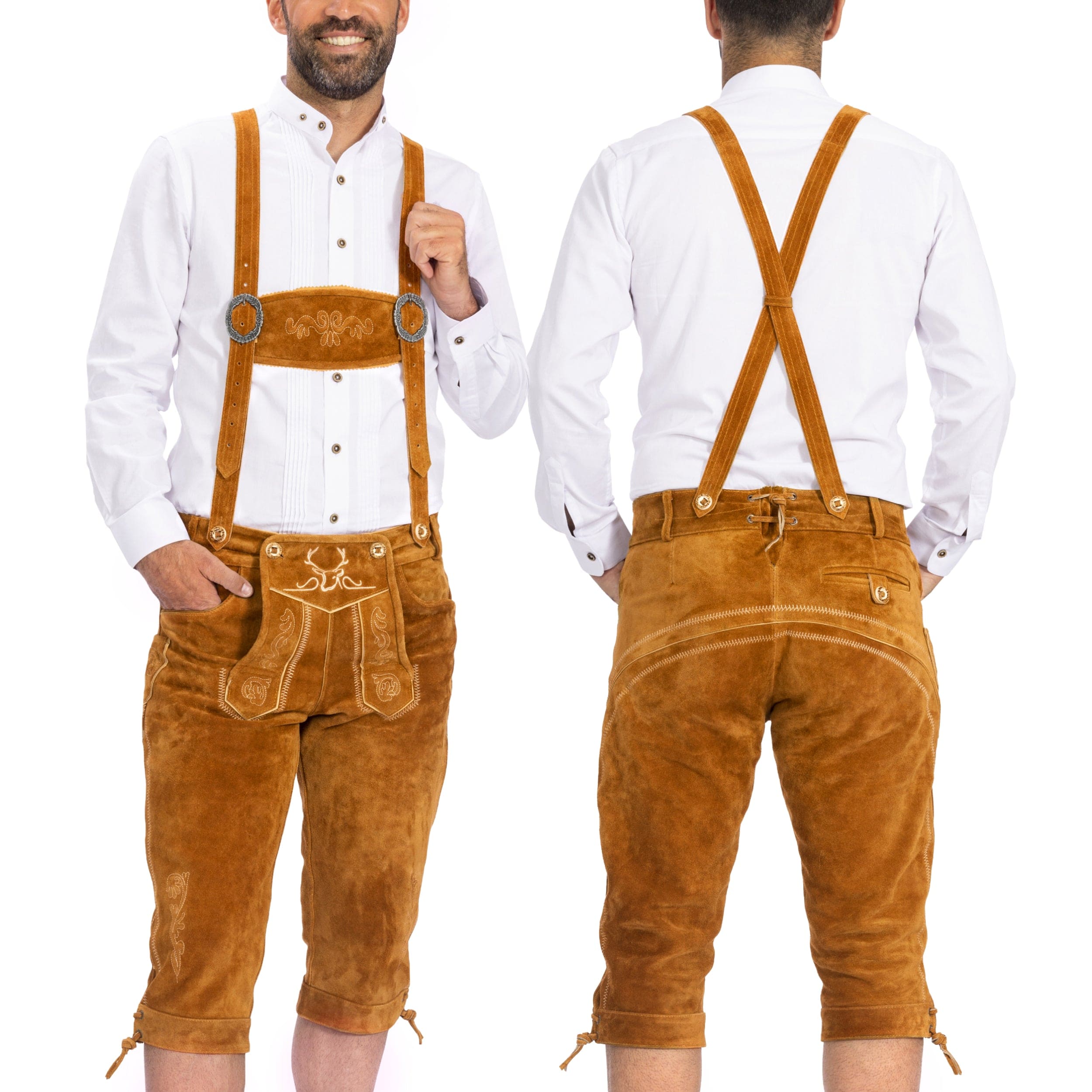
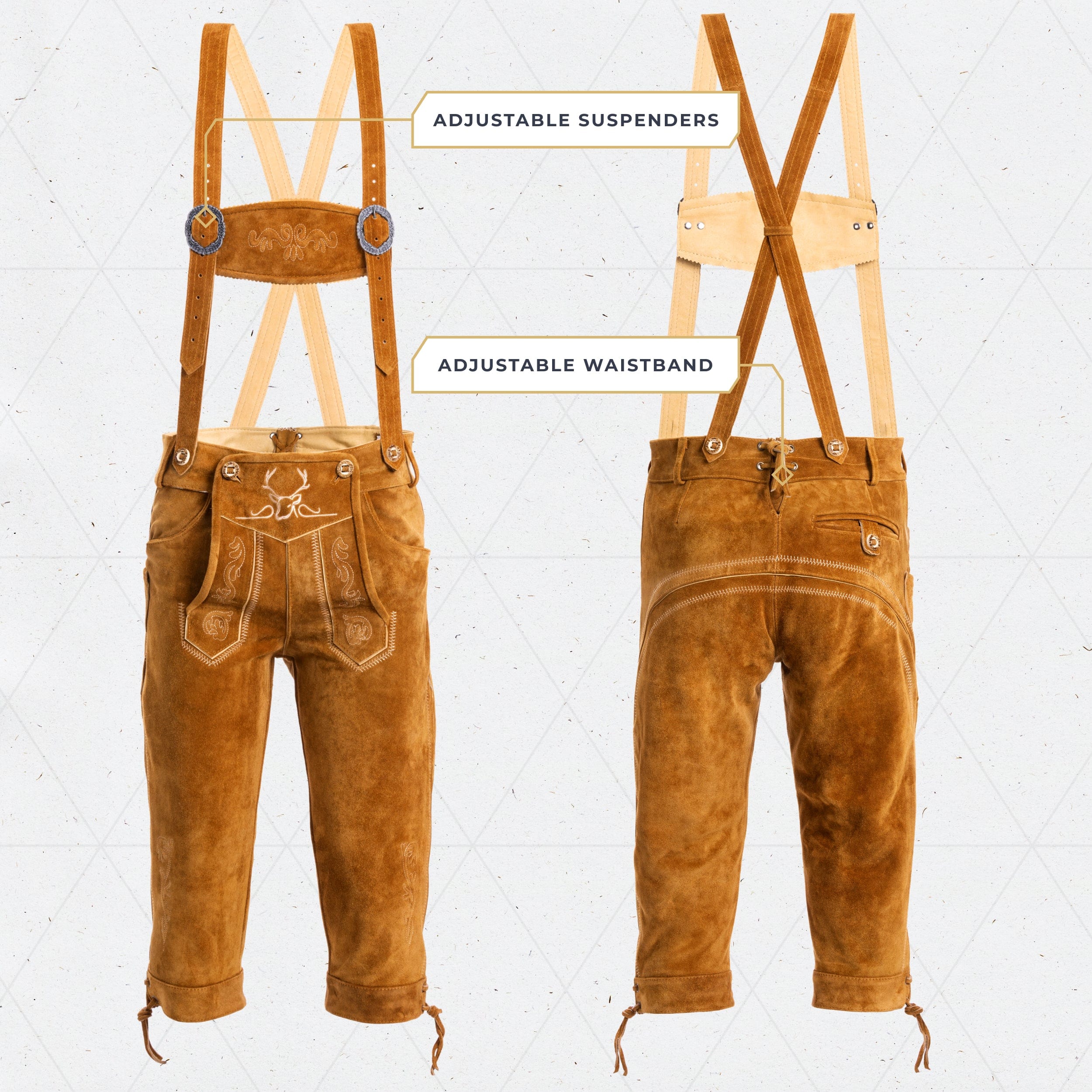
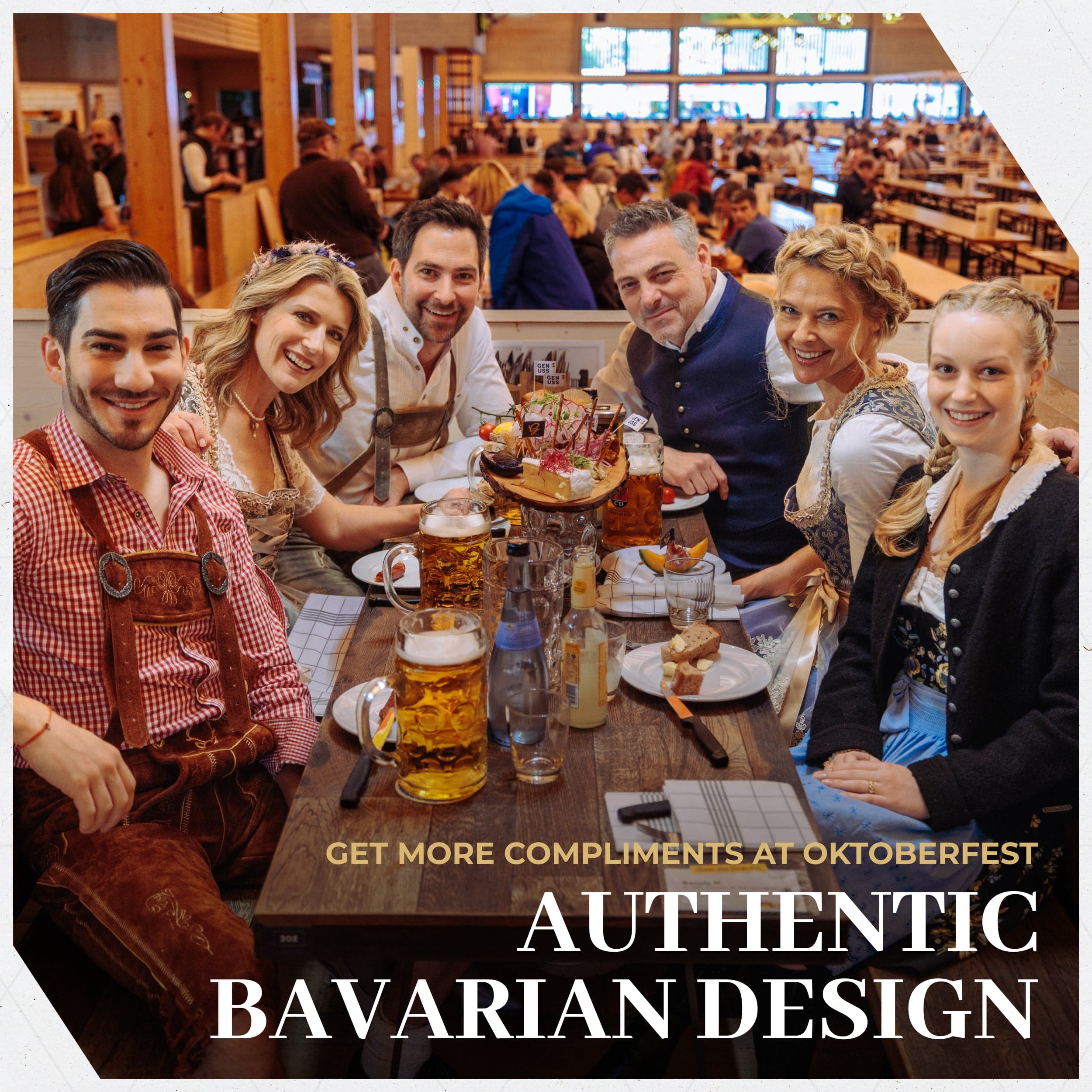
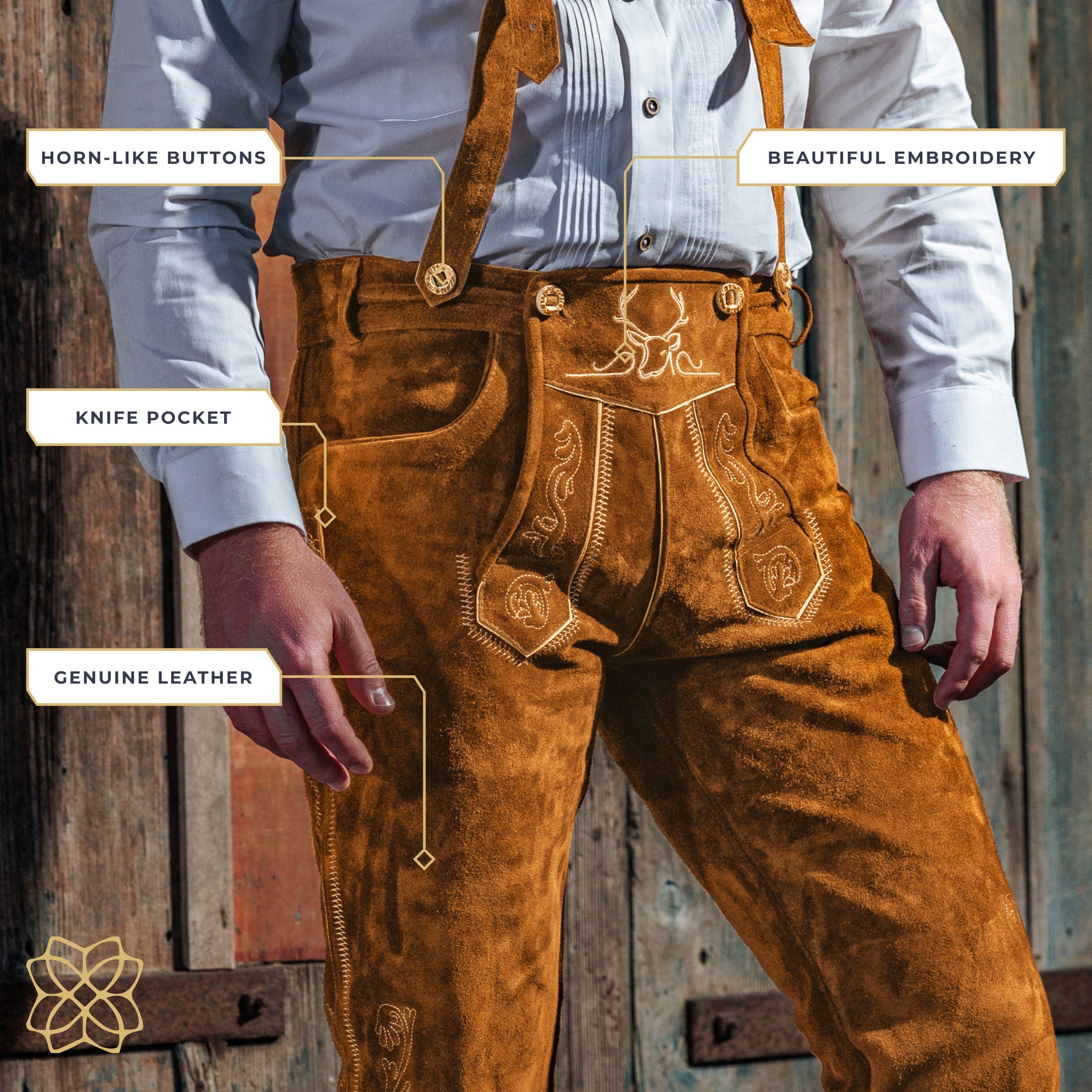
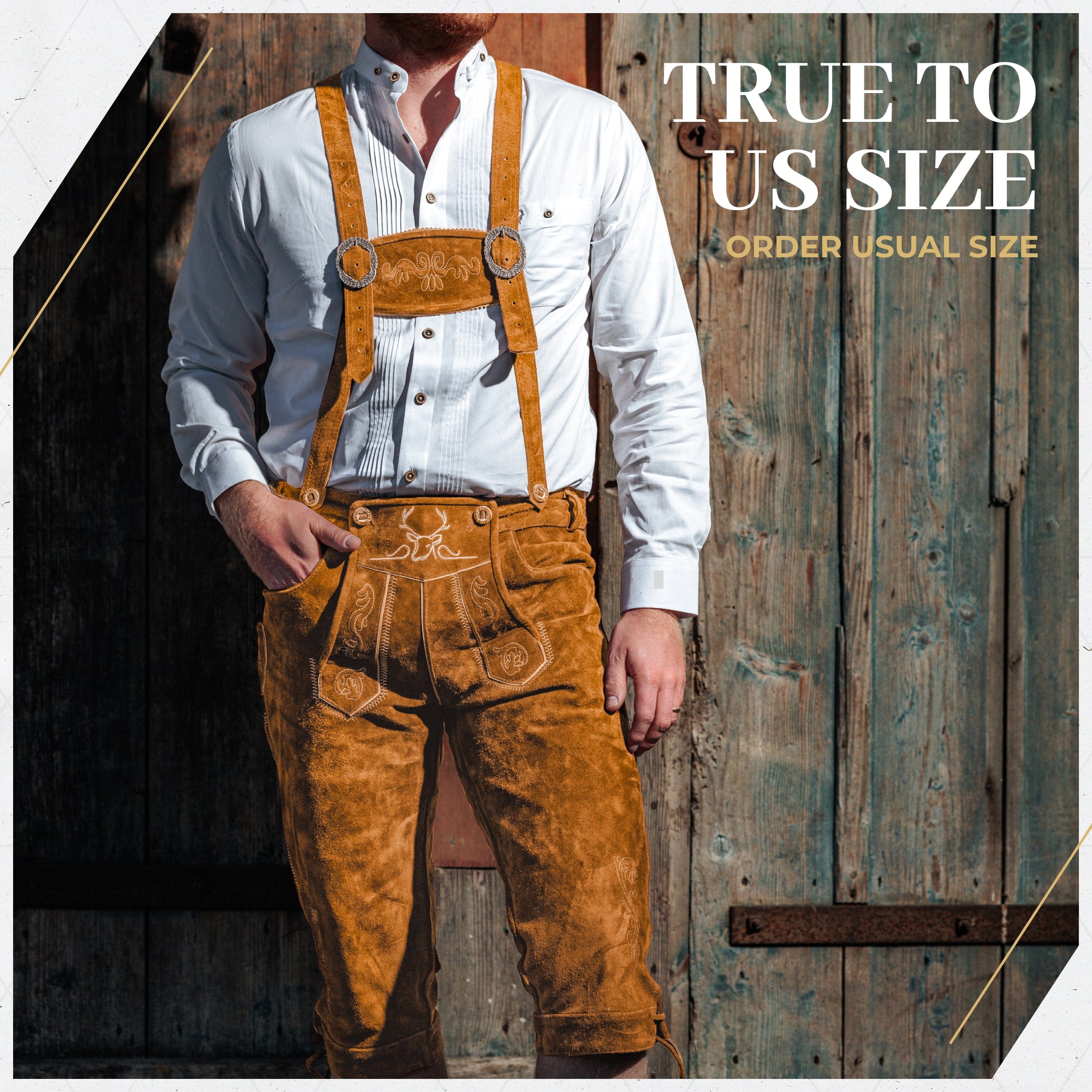
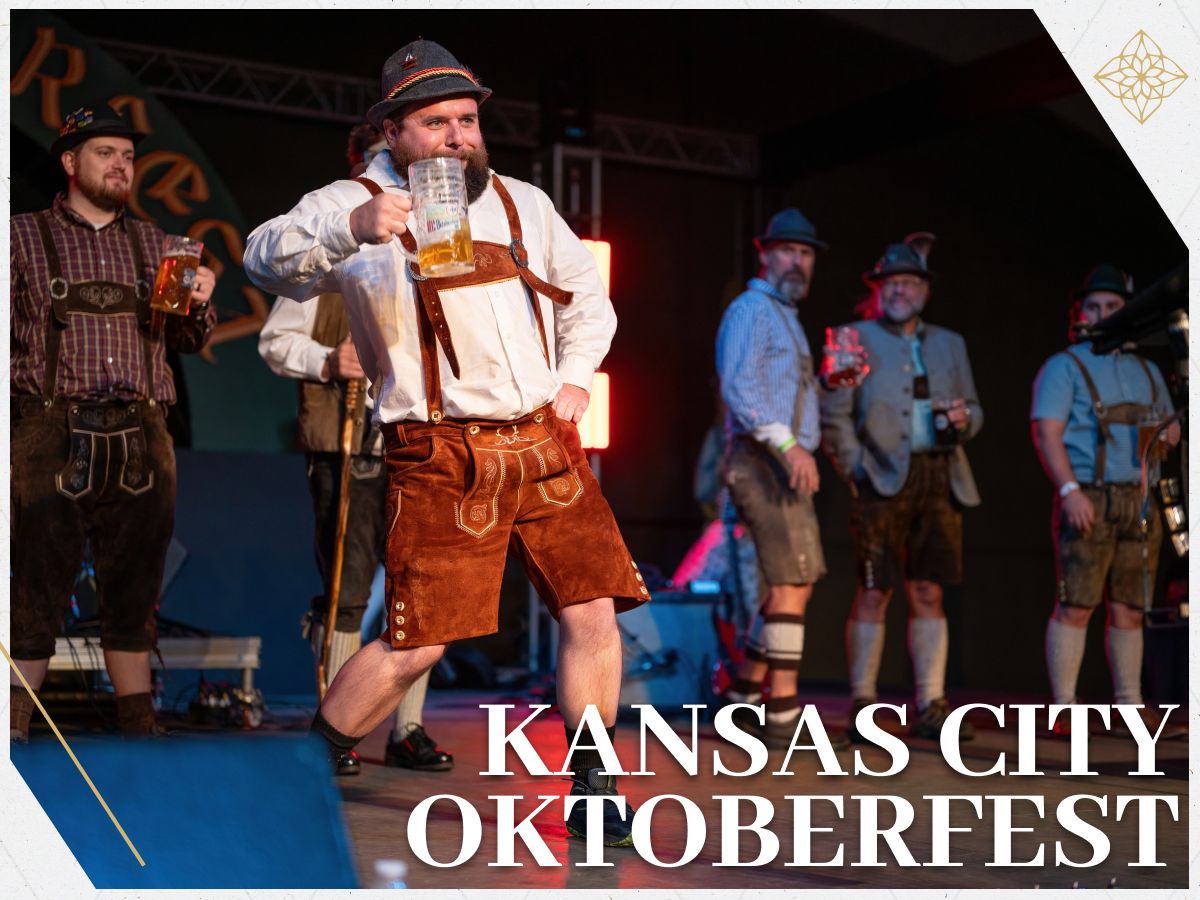
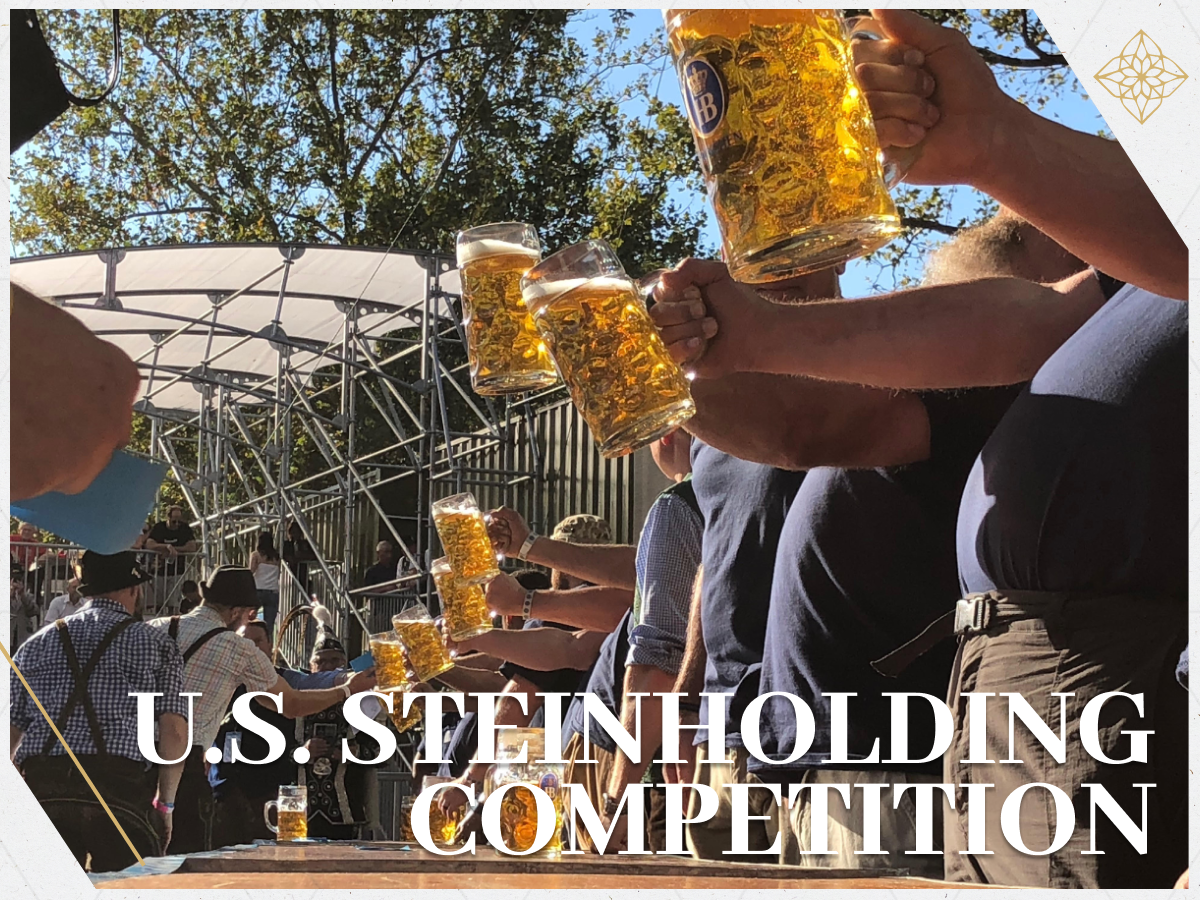

Leave a comment